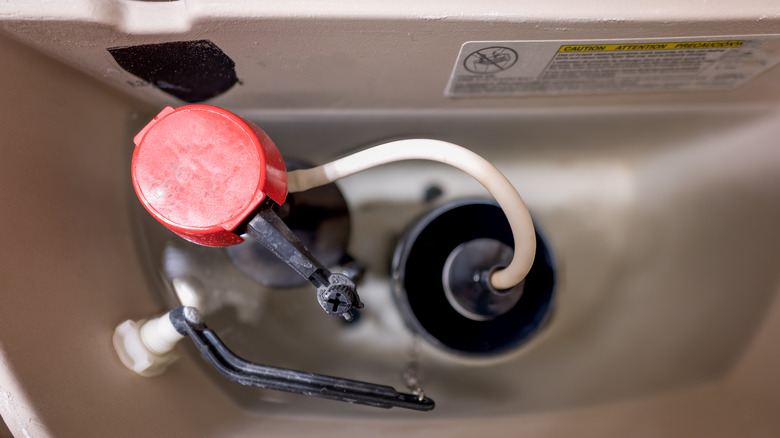What To Consider Before Retrofitting Your Old Toilet To Save Water
Improving how efficient your home is could include making updates to your water usage. One option many homeowners take is replacing their existing standard toilet with a low-flow toilet, which uses less water with every flush. However, for those who don't want to invest in a whole new toilet, you can retrofit your existing model to use less water. Before you do this, be sure you know which method is best for your specific toilet and can provide the easiest upgrade.
Retrofitting your toilet to use less water can be a rather straightforward DIY project. The goal will be to adjust the flushing mechanism so that it requires less water for each flush. The most common methods include using displacement devices, which simply means that the toilet will not use as much water to fill the tank, and therefore there's less available when flushing. This method reduces water usage, but it doesn't necessarily have the same outcome as switching out the toilet to a low-flow toilet model, especially if your toilet is too old and needs an upgrade.
Using displacement methods to reduce water flow in toilets
The easiest method to reduce water usage for your toilet is to use a displacement device, which simply takes up some room in the tank, meaning it takes less water for the float to reach the filled position. You can purchase a pre-made displacement device or simply use a bottle filled with water in the tank. Fill the device with water and place it at the bottom of the tank, then monitor the tank filling to make sure it doesn't overflow.
Avoid using any type of material that could break down over time. Anything with paper or an absorbent material, such as cement or bricks, will deteriorate over time. As that happens, it will cause the material to enter the toilet tank, eventually creating a damage risk to your plumbing. Often, the better option here is to use a store-bought displacement device that isn't likely to deteriorate and fits neatly into the tank to stay out of the way of the flapper and float.
Other methods to retrofitting your toilet
Alternatively, you can install a fill cycle diverter that works to adjust how water is fed to the toilet. Typically, once the toilet is flushed, both the tank and bowl start to fill with the toilet bowl filling at a much faster rate than the tank filling. All of that extra water filling the bowl goes down the drain as a part of the flushing process. However, once you install a fill cycle diverter it can save you as much as half a gallon of water per flush.
Another option is to use an early-close flapper attachment. Once in place, it works to stop the amount of water coming from the tank, which means less water is going down the drain, literally. These projects typically take a couple of hours to complete and will reduce the amount of water used with each flush, but they're not perfect. If your tank has leaks or the valve doesn't close properly, that's going to continue to have a high water consumption. They also don't beat some of the best low-flow toilets in water consumption reduction, which could reduce each flush at a rate of 30% to 70%.


